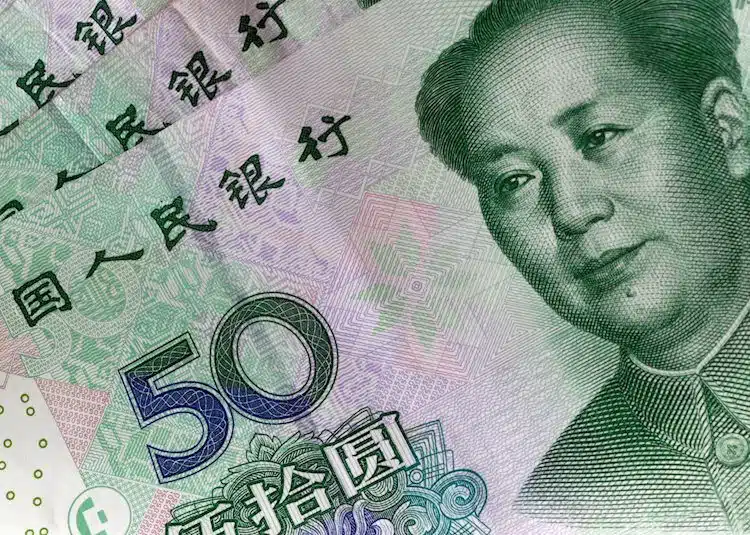The People’s Bank of China (PBOC) sets the exchange rate of the yuan against other currencies every day. This rate, known as the daily midpoint fix, is based on the previous day’s closing level and quotations from the inter-bank dealer.
The yuan is tightly controlled on the mainland and the rate of the onshore yuan (CNY) differs from the offshore one (CNH). In recent trade, the PBOC set the yuan at 6.8659 compared to the last close of 6.8550.
The Chinese government has long maintained strict control over the yuan’s exchange rate. This control has been in place since the mid-1990s, when the Chinese government moved to a managed floating exchange rate system. Before then, the yuan was pegged to the US dollar.
The People’s Bank of China sets the exchange rate of the yuan every day. This rate, known as the daily midpoint fix, is based on the previous day’s closing level and quotations from the inter-bank dealer. The PBOC sets the yuan’s exchange rate at a level that is intended to maintain stability in the foreign exchange market.
The PBOC sets the yuan’s exchange rate in order to maintain a balance between the supply and demand of foreign exchange. The PBOC also uses the exchange rate to manage the value of the yuan against other currencies. The PBOC’s goal is to keep the yuan’s exchange rate stable, which helps to maintain a stable macroeconomic environment.
The PBOC also uses the yuan’s exchange rate to influence the Chinese economy. For example, if the PBOC believes that the economy is overheating, it will set the yuan’s exchange rate higher in order to make Chinese exports more expensive and reduce the amount of foreign money entering the Chinese economy. Conversely, if the PBOC believes that the economy is slowing down, it will set the yuan’s exchange rate lower in order to make Chinese exports cheaper and increase the amount of foreign money entering the Chinese economy.
The PBOC’s exchange rate policy has a significant impact on the Chinese economy. It affects the cost of imports and exports, the cost of goods and services, and the amount of foreign investment in China. It also affects the value of the yuan against other currencies.
The PBOC’s exchange rate policy has been successful in maintaining a stable macroeconomic environment in China. It has also helped to keep inflation low and has helped to maintain a strong and stable currency. The PBOC’s exchange rate policy has been instrumental in helping China become one of the world’s largest and most prosperous economies.


